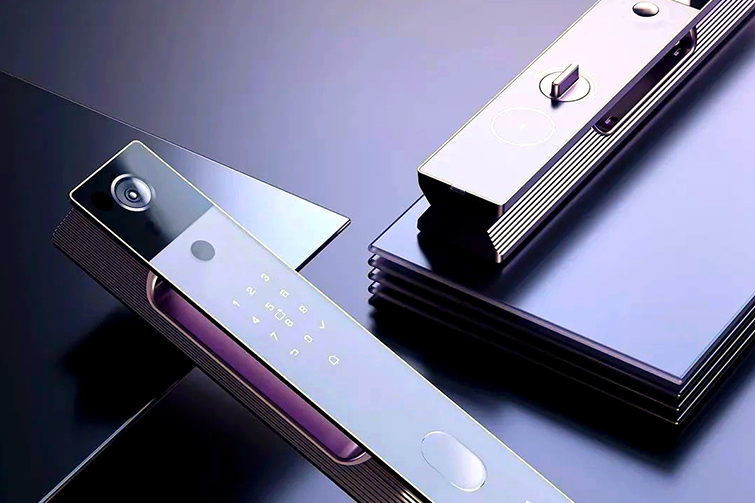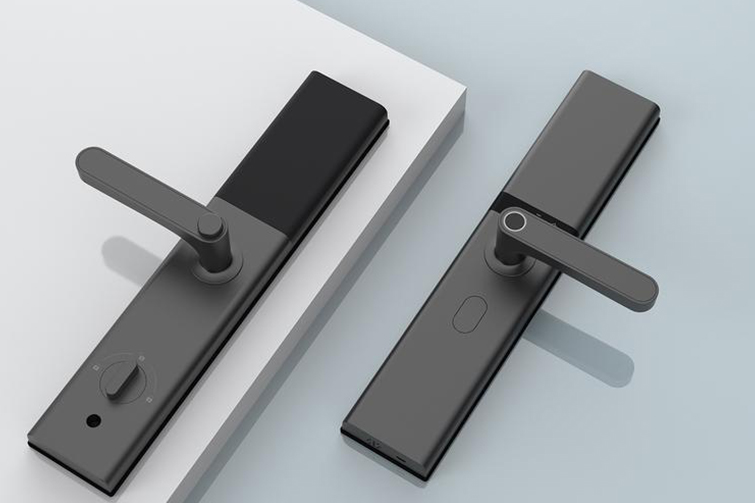

Can You Just Change the Lock Cylinder? A Homeowner's Guide
When a key breaks, you lose a key, or you simply want to upgrade your security without replacing the entire lock, a common question arises: Can I just change the lock cylinder?
The short and reassuring answer is: Yes, in the vast majority of cases, you can. This process, often called "rekeying" or "re-coring," is a cost-effective and straightforward solution for many common lock and key dilemmas. This article will guide you through why and how to do it.
What is a Lock Cylinder?
The lock cylinder (or "key cylinder") is the heart of your door lock. It's the part where you insert the key. When the correct key is turned, it engages the internal mechanism that retracts the latch or deadbolt, allowing the door to open. The rest of the lock—the handle, latchbolt, strike plate, and exterior trim—is known as the lock body.
When is Replacing the Cylinder the Perfect Solution?
Replacing just the cylinder is an ideal strategy in several scenarios:
- Lost or Stolen Keys: This is the most common reason. By replacing the cylinder, you instantly render the lost keys useless, restoring your security without the cost of a whole new lock.
- Moving into a New Home: You have no way of knowing how many copies of the old key are in circulation. Changing the cylinders on all exterior doors is a cheap and essential first step for your peace of mind.
- A Broken Key Stuck in the Lock: If the key breaks off inside and cannot be extracted, replacing the cylinder is often the most practical fix.
- Upgrading Security: You can replace a standard cylinder with a high-security one featuring anti-pick, anti-drill, and anti-bump features, while keeping your existing, perfectly functional handleset or deadbolt body.
- Worn-Out Cylinder: If the key becomes increasingly hard to turn, it's often a sign of a worn-out cylinder, not a failure of the entire lock mechanism.
The Key Advantages of Cylinder-Only Replacement
- Cost-Effective: A new cylinder is significantly cheaper than a complete lock set.
- Convenience & Speed: The process is much faster than installing a full lock, often taking just a few minutes.
- Maintains Aesthetics: If you love your current doorknob or deadbolt's style and finish, replacing just the cylinder allows you to keep it.
- Standardization (Keyed-Alike): You can purchase new cylinders for all your doors that are "keyed-alike," meaning a single key can open every door—a huge convenience.
How to Replace a Lock Cylinder: The Basic Steps
While the exact method varies by brand and model (always consult the manufacturer's instructions), the general process is remarkably simple.
What you'll need: A new, compatible cylinder and a screwdriver.
- Locate the Retaining Screw: Open the door and look on the edge of the door, where the deadbolt or latch is. You should find a small set screw that holds the cylinder in place.
- Remove the Screw: Loosen this screw completely. You may not need to remove it entirely.
- Remove the Old Cylinder: With the retaining screw loosened, go to the exterior side of the door. Insert the correct key into the cylinder, turn it slightly (about 45 degrees) to align the internal mechanism, and simply pull the cylinder straight out from the outside.
- Insert the New Cylinder: Take your new cylinder. With its key inserted and turned to the same aligned position, slide it into the empty hole from the outside.
- Secure the New Cylinder: Once it's fully seated and properly oriented, go back to the edge of the door and tighten the retaining screw firmly.
- Test the Lock: Test the new key from both sides to ensure it locks and unlocks smoothly.
Important Considerations and Limitations
- Compatibility is Crucial: Not all cylinders are universal. You must ensure the new cylinder is the correct size, shape, and type for your specific lock brand and model (e.g., Kwikset, Schlage, etc.). The "cross-bore" diameter and depth are critical measurements.
- When You Can't Just Change the Cylinder:Integrated Locks: Some modern or budget-friendly locks have the cylinder and handle molded together as a single, non-separable unit.Extreme Wear and Tear: If the entire lock mechanism is rusted, damaged, or failing, replacing just the cylinder is a temporary fix. The entire lock should be replaced.Proprietary Systems: Some high-security lock brands use proprietary cylinders that require a professional locksmith to service.
Conclusion
In conclusion, replacing just the lock cylinder is not only possible but is often the smartest, most economical choice for maintaining and upgrading your home's security. It's a simple DIY project that can resolve most key-related security issues while preserving the look of your existing hardware. Before you decide to replace an entire lock, always check if a simple cylinder swap will do the job—your wallet will thank you.






